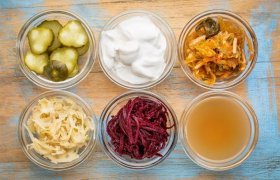What’s BPA and What’s The Problem?

Probiotics for Kids and How They Can HelpWhat is BPA?
Bisphenol-A (BPA) is a manufactured synthetic substance with the chemical formula (CH3)2C(C6H4OH)2 that is used to create epoxy resins that are on canned foods, translucent polycarbonate plastics, PVC pipes and other products. Studies show that more 90 percent of Americans carry this harsh chemical in their bodies. BPA has previously been marketed as a safe substance. The European Food Safety Authority, an agent of the European Union that delivers bipartisan scientific advice and shares information regarding risks that are associated with food, stated that BPA does not pose a threat to people of any age including babies, toddlers and kids at the current level in which it was exposed. The United States Food and Drug Administration also once stated that BPA was safe. However, in 2017, the European Chemicals Agency inferred that BPA should be listed as a product that poses a high health risk.
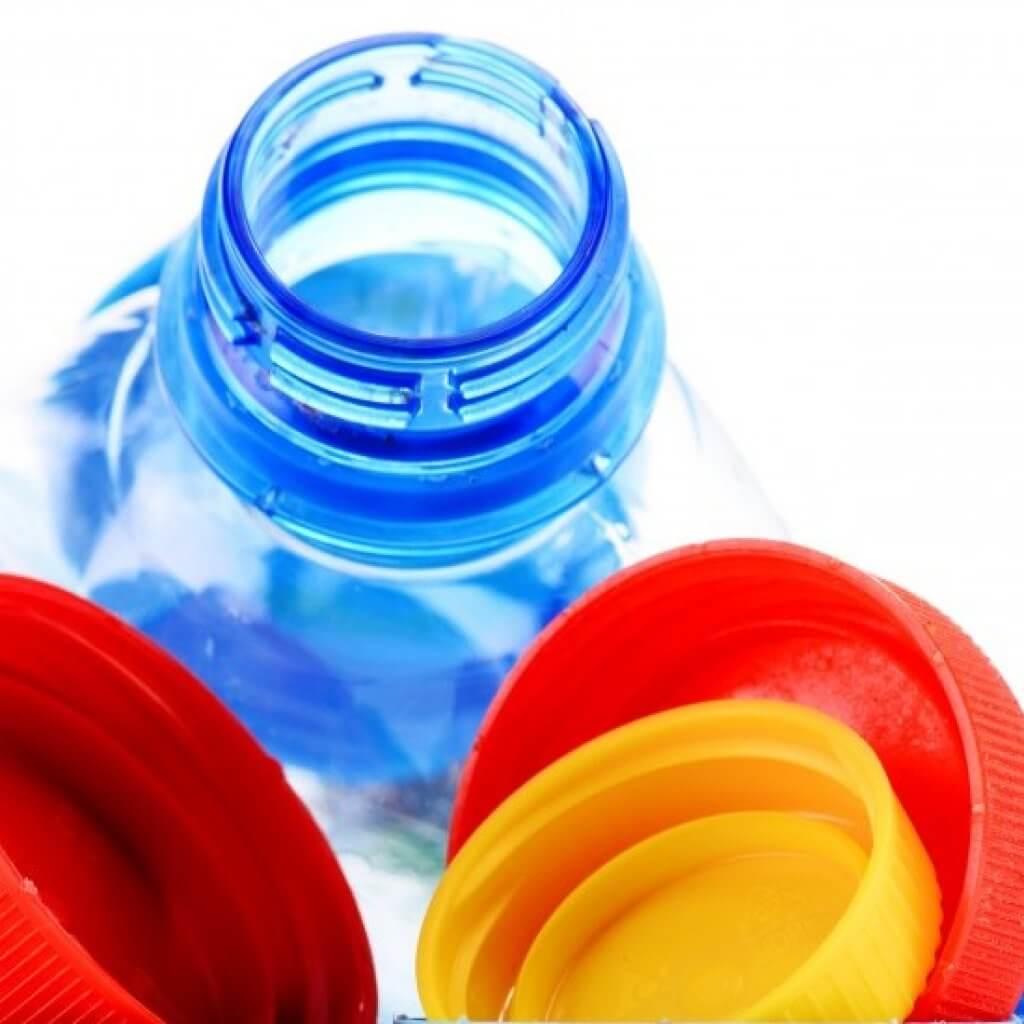
The European Chemicals Agency came to this conclusion by discovering that
because of it’s properties, BPA may disrupt the body’s endocrine system. This could prevent success or development in both animals and humans neurological and reproductive systems.
BPA Risks
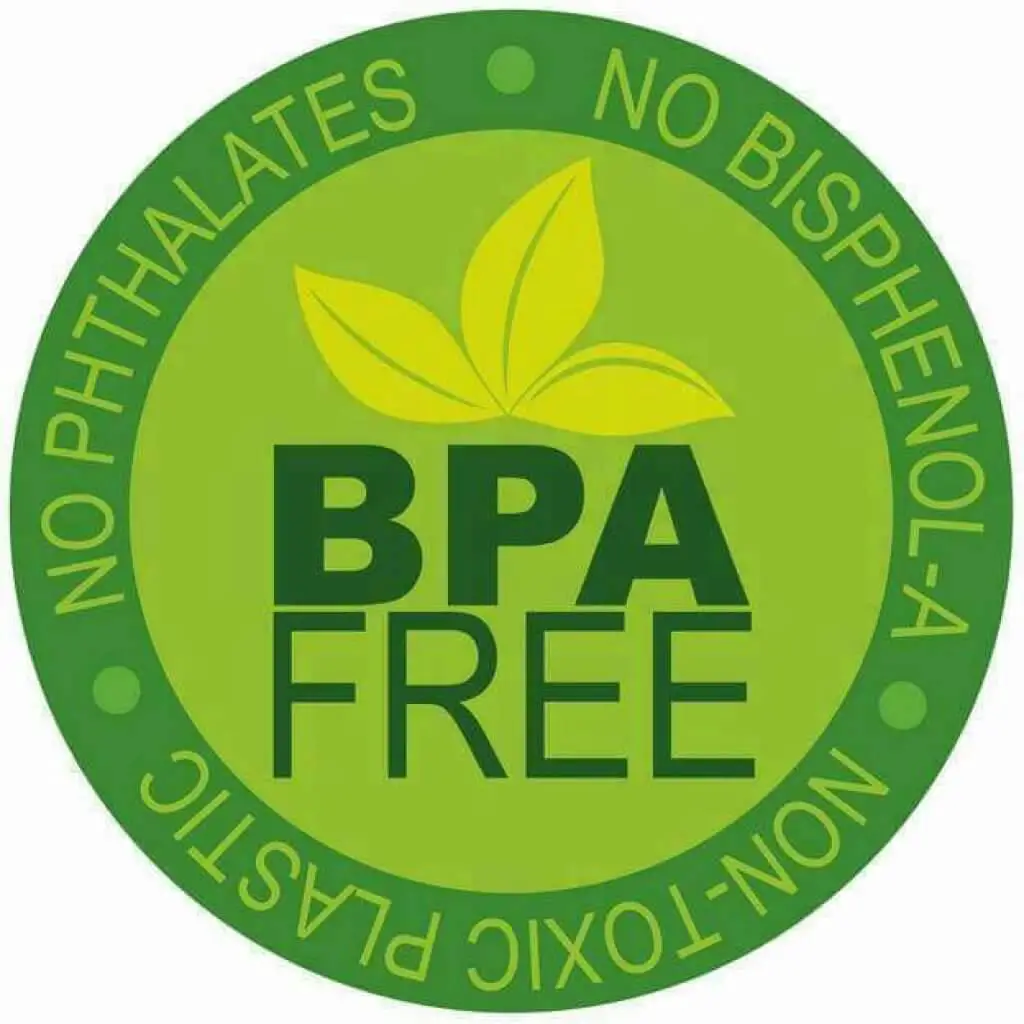 Behavioral and neurological problems
Behavioral and neurological problems
Researchers of the Proceedings of the National Academy of Sciences reported that BPA may subdue genes that are important to the early growth of the central nervous system. This could cause humans, especially babies and toddlers, as well as animals to become more susceptible to neurological and behavioral disorders.
Cancer:
While there is no certainty that BPA causes cancer, several animal studies have revealed a potential link between a higher cancer risk later in life due to exposure to BPA.
Heart problems:
David Melzer, an expert researcher from the University of Exeter conducted research with the help of his team and came to the conclusion that increased BPA levels were linked to an increased risk of diabetes and heart disease.
Infertility:
Studies show that exposure to BPA may cause women to become infertile. Studies have also found that males with increased levels of BPA usually have a lower sperm count. This can make conception to be very hard, and nearly impossible without
Kids are at an increased risk: For the fact that their bodies are still growing, issues from exposure to BPA could be the most prominent in kids.
- Items that BPA and similar endocrine disruptors may be found in:
- Plastic water bottles
- Baby bottles
- Sippy cups
- Infant and toddler toys
- Food cans
- Makeup
- Pesticides
- Clear, hard plastic beverage and food containers
- Receipts
As you can see from the list above, BPA can easily enter our bodies through any beverage or food that has been touched by polycarbonate. The majority of people living in the United States have BPA in their systems. This chemical should be avoided at all costs due to the harmful effects it could have on the human body.
How to Reduce your Exposure to BPA
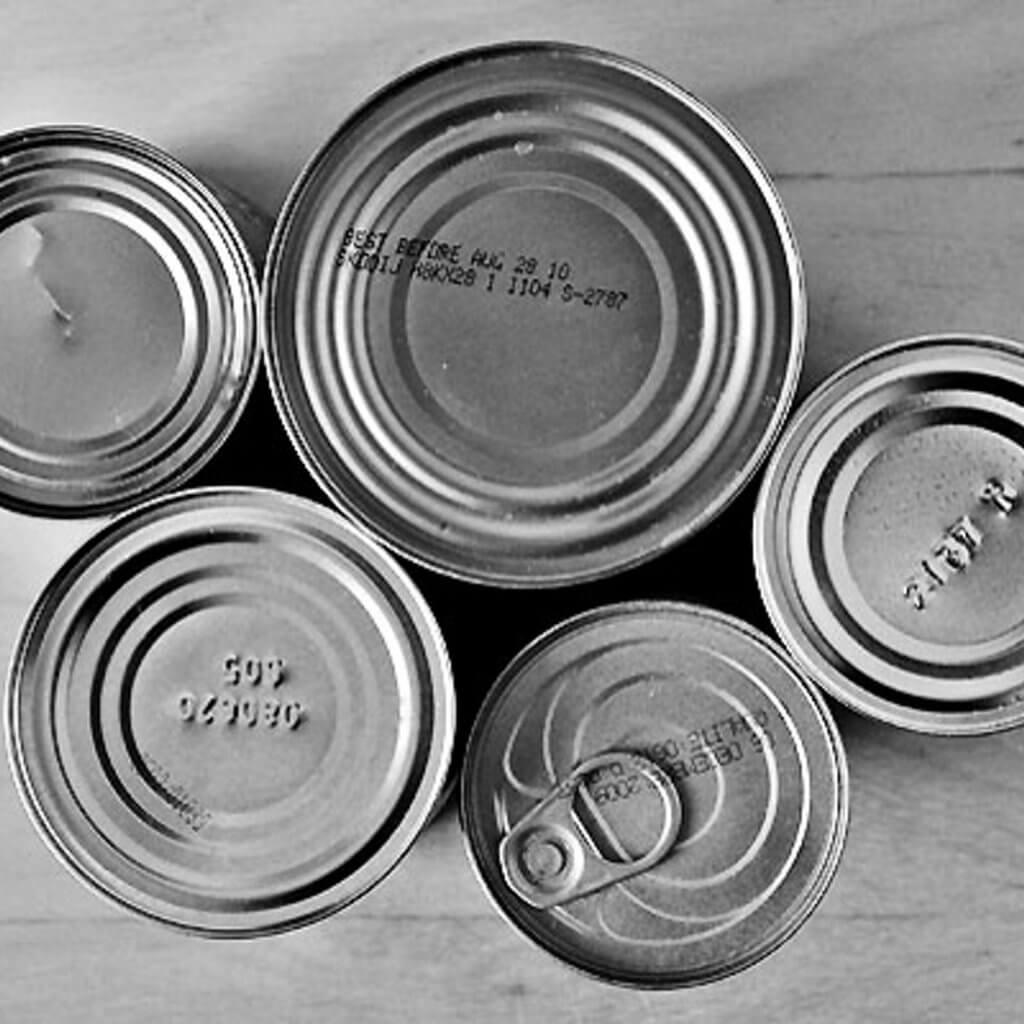
Household Products and Toys
The best way to reduce exposure to BPA is by not purchasing household items that contain BPA. Many plastic containers, may indicate whether it has BPA or not by numbered symbols that have been printed on them. Containers that are labeled with the numbers one, two or five do not contain BPA or other harmful endocrine disruptors. Plastic containers that are labeled with the number seven printed inside the recycle symbol do have BPA, however, not all plastics with the number seven have BPA. It can be really hard to distinguish items that contain BPA and items that do not contain BPA. Sometimes, the only way you can find out if a container has BPA or not is by directly contacting the manufacturer.
Although, it can be a bit troublesome to get in contact with the manufacturer, it’s very important to know if your kid’s toys, sippy cups, bottles and food containers are made from BPA plastic. Many toys and food and beverage containers that are designed for kids will usually have a label to state that it’s BPA-Free.
Infant Formula
Many liquid infant formula cans are lined with BPA. This puts your baby at great risk. If you are not breastfeeding, consider using powdered formula. The FDA has put out a notice that liquid formula that is stored in cans may potentially expose babies to more BPA than a bottle that’s made from BPA does.
Although there has been several reports stating that powdered formula cans are lined with BPA, by using formula from these cans your baby will be at a lower risk for the fact that BPA is only on the bottom and lid of the can, in contrast to liquid formula cans which are completely lined in BPA.
Breastfeeding
If you are breastfeeding, it is highly recommended that you keep your personal BPA levels down. If you have high levels of BPA, your breastmilk will expose your baby to the chemical as it is expressed. However, because of the many benefits that comes with breastfeeding, your baby’s exposure to BPA is a lot lower than if you were to use liquid or powdered infant formula.
Food Choices
Due to the fact that the majority of food that most people purchase from grocery retailers are stored in cans and plastic containers, it is best to avoid these types of items.
The following canned food and drink items has the most BPA in them: soup, fish, meat, juice, veggies, fruit, carbonated drinks (the ones in plastic bottles, too) and tomato sauce.
Purchasing frozen and fresh food will greatly reduce exposure to BPA. In addition to that, selecting foods that are packaged in cardboard brick-shaped containers, such as juice boxes, as well as ceramic and glass containers will help to avoid contain with BPA.
Using and Heating Up Food Containers
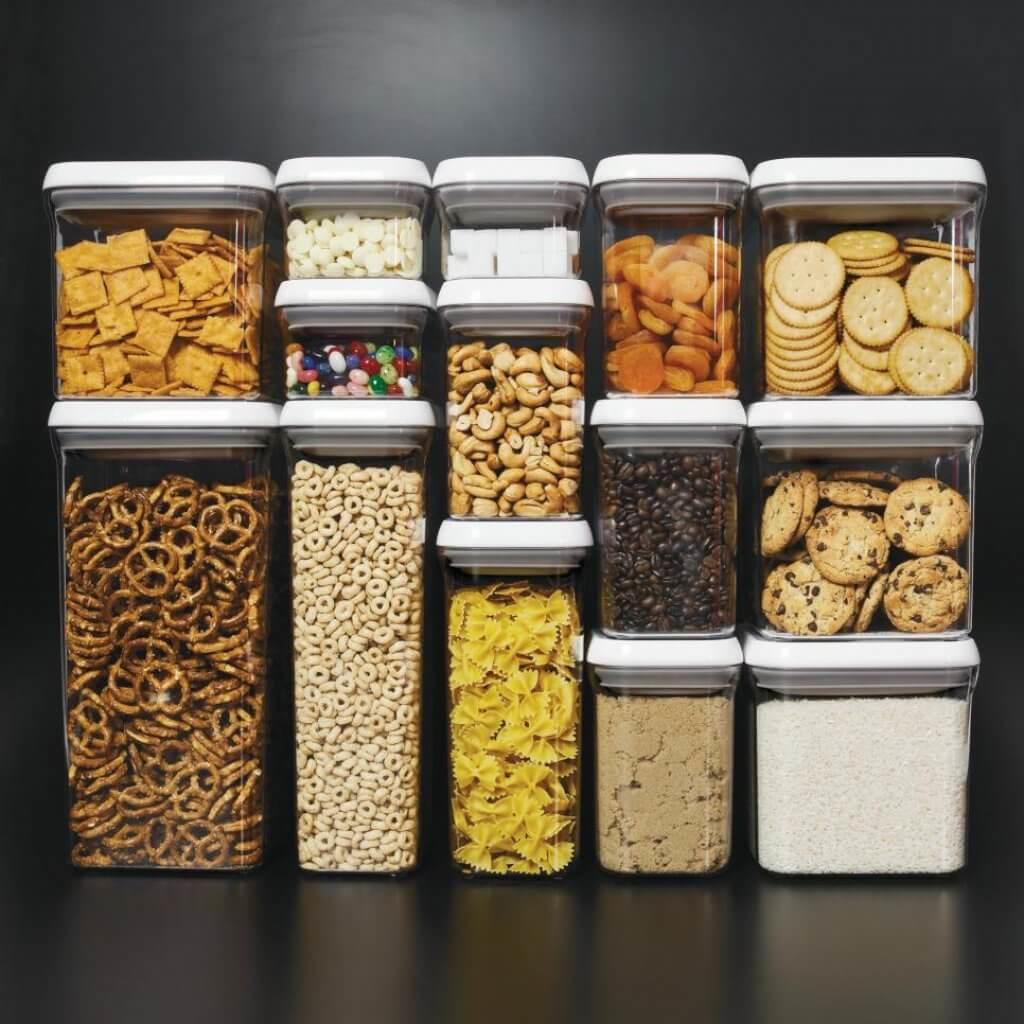
If you can’t afford to completely throw out all of your food and beverage containers that may contain BPA, you should consider taking better safety measures when handling them. Getting rid of plastic containers that have any cracks in them will lower your exposure to BPA for the fact that cracks releases more BPA.
Instead of putting any of your BPA food containers in the dishwasher, it’s best to hand wash them inasmuch as they could become scratched in the dishwasher. If your products that contain BPA become scratched, more BPA will be released. If you usually wash and sanitize your kid’s toys, bottles and sippy cups in the dishwasher and they are not BPA-Free, you should get rid of them immediately if they have any cracks or scratches for the safety and well-being of your kid.
When heating up food, it is best to do it in a stainless steel, glass or ceramic container. If you choose to heat your food or drink up in a polycarbonate container, the chemicals in it will seep into it the contents due to the heat, putting your health at risk. Always try to avoid heating up food in plastic containers. It’s best to use BPA containers for cold storage only, if you have no choice but use them at all. Many brands of pre-made baby food come packaged in small, plastic, microwaveable containers. You should always check to see if the container was made with BPA-Free plastic or not. This is very important, as the chemicals in the plastic could have a direct effect on your toddler or baby.
Taking Safety Measures When Handling Receipts
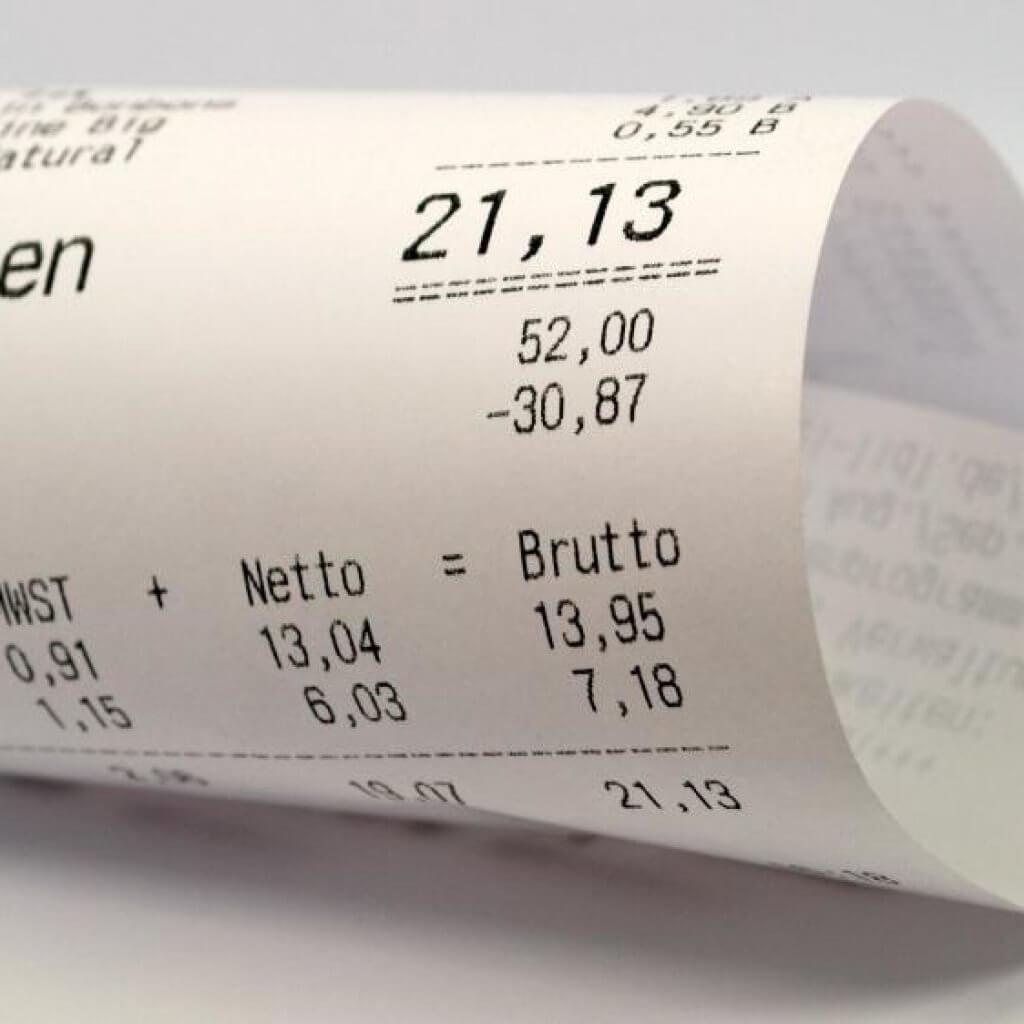
Bisphenol-A is used to coat special receipt papers, also known as thermal papers. Thermal papers are used at debit and credit card terminals, as well as in calculators and cash registers. It changes color when it is exposed to heat. Have you ever burnt or heated up a receipt and noticed that white color became black? This is because it has been coated in BPA.
To reduce to your exposure to BPA, always wash your hands after handling receipts. To further reduce hand to hand contact with BPA, consider putting on gloves before handling numerous receipts, and as a better option, opt for digital receipts. CBS News previously reported that thermal paper that has been coated with Bisphenol-A can be soaked into your bloodstream rapidly, greatly increasing your body’s levels of BPA.
Always pay close attention to toys, bottles, sippy cups, foods and other items that you purchase for your kid. Bisphenol-A is very harmful and could even be fatal to kids in the long run. Many people argue that there is no way to stay away from BPA, as there is a chance for contact almost everywhere. However, by taking precautions and following some of our helpful tips above, you can greatly reduce you and your kid’s exposure to BPA.


